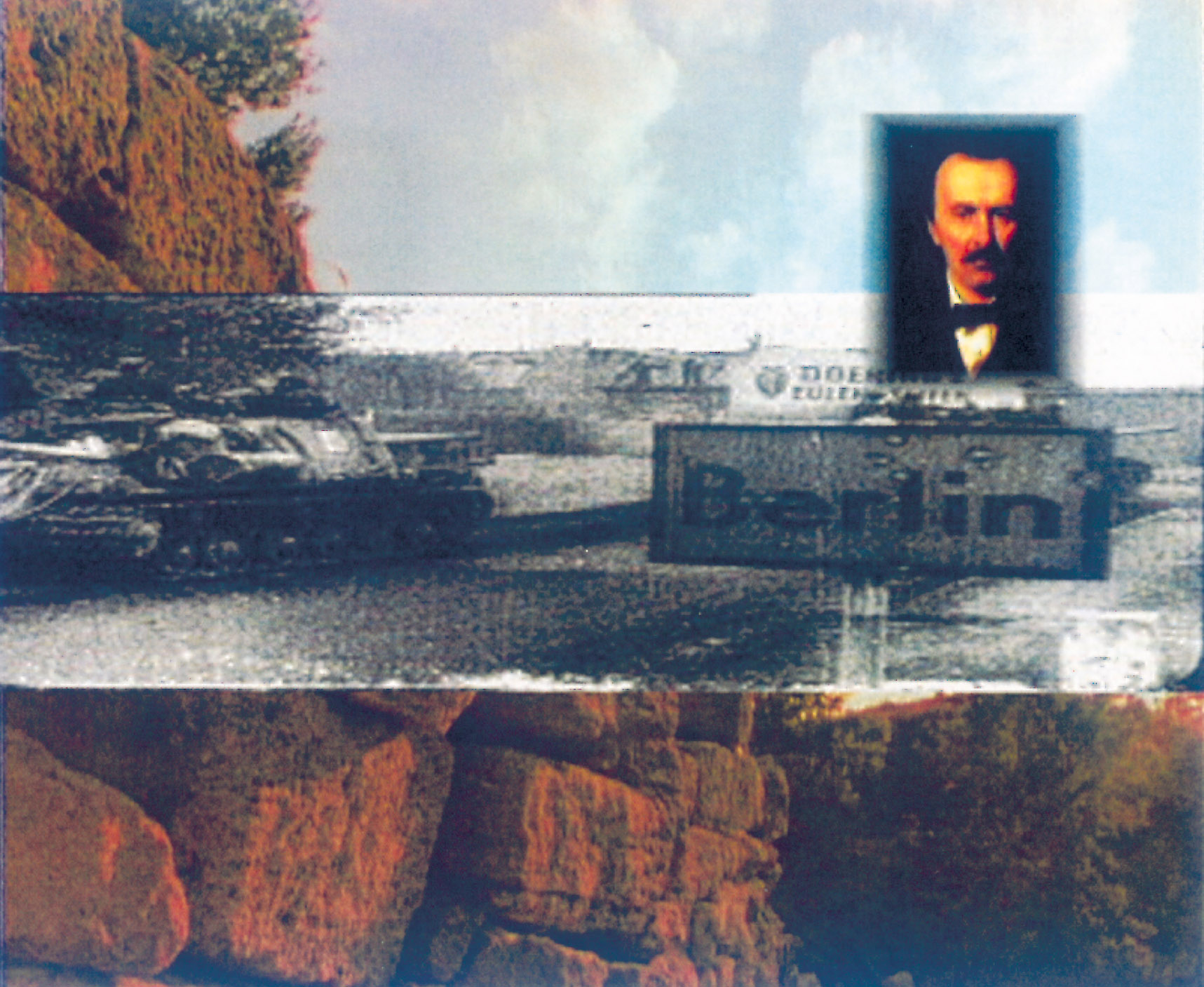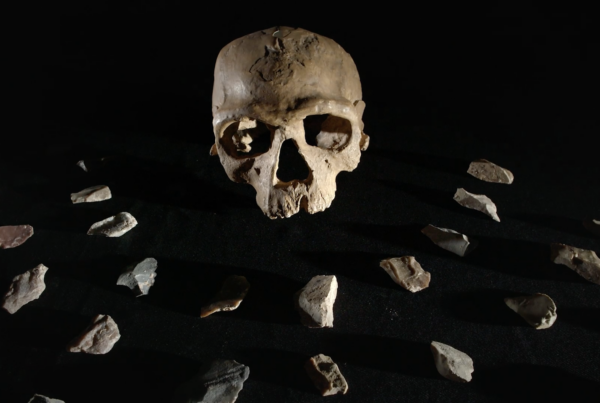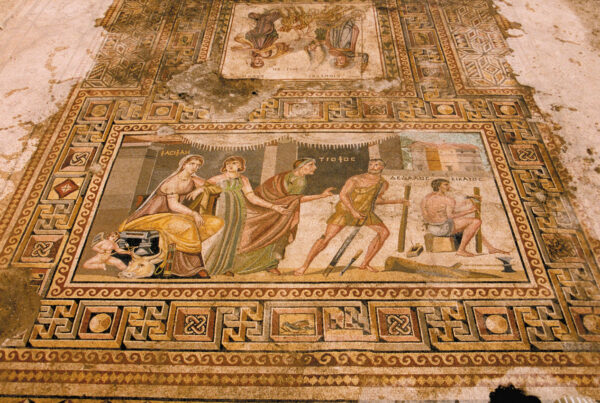Huge television organizations have been searching for years for something which has been found by a small team of academics, namely impressive takes which, after exacting mechanical and digital processing of each image, and following their copy on security film (almost fireproof film), were proven to be the very first motion pictures in the history of the archaeological film. Shots from Eric Schlieman’s last year of archaeological digs in the mythical land of Troy? A motion picture dating from 1890? Almost incredible, but perfectly feasible. An exciting adventure in the scientific field, which at the same time sheds new light on an almost unknown pioneer of cinematic history. Louis Aimé Augustin Leprince, who was born in France in 1842 and studied in Paris and Leipzig, produced the first successful movie camera. As early as 1888, Leprince was awarded the american inventor’s patent no. 376.247. In 1890 the inventor vanished mysteriously. It took more than one hundred years for the discovery of these unexpected traces, which lead us directly to Eric Schlieman, the millionaire merchant and researcher. Martin Emele’s film shows that the computer is a unique tool which permits us access to the image and makes visible that which was formerly beyond our reach. Seen from this angle, “Blur Up” reflects, to a large extent, the medium which was used, even though the film challenges and tests our faith in the image’s truth. At the same time, the film adopts an innovative cinematic form, by playing, on a visual level, with the fundamental principle of archaeological layers.
- Direction: MARTIN EMELE
- Production: EMELE FILM







